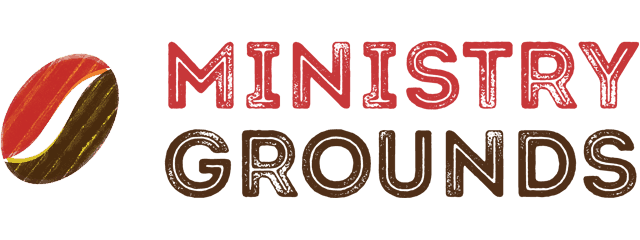
Cupping is the method used by Roasters to taste coffee in order to get the clearest picture of what it is like and how the roast has gone. It essentially involves ground coffee and hot water in a small cup. The coffee is examined over a period of time and at different temperatures to gauge its aroma, flavour, acidity, body, sweetness and any defects. It’s the method Commercial Roasters use to ensure quality and help them understand how to improve the next roast. The goal is to use a simple and consistent method to take out variables so that the coffee itself is the only difference. Cupping can also take place from as soon as 8-24hrs after roasting.
For us home roasters it’s a great tool for learning how we can improve in general, but also for learning a particular bean and how it roasts (especially if you’ve never roasted it before).
This method can be done at home and it’s easy. What you’ll need:
A Cupping Bowl or a Short Cup with a Wide Diameter
Hot Water (96C or as close as you can)
A Cupping or Soup Spoon
Scales
A Timer
Pen and Paper for taking Notes
(If you need equipment go here > https://ministrygrounds.com.au/product-category/coffee-equipment/cupping-gear/)
How To:
- Get enough coffee for a 1:17 ratio. In our Rhinowares Cupping Bowls we grind 13g of coffee to 210ml of water. If you’re using something different you will need to figure that one out so that the surface of the water reaches very close to the surface of the Cupping Bowl or Cup.
- Grind your 13g of coffee at a size slightly finer than Filter brewing (which on a spectrum of French press on one side, and Espresso on the other, it’s roughly in the middle but slightly closer to Espresso). Add coffee to your bowl and take a real big loud sniff! Write down any notes you have about its fragrance. Is it strong or subtle? What flavours? etc.
- Boil water to 96C (if you don’t have temperature control, leave the kettle for 1 minute after it’s boiled).
- Start a timer and pour 210ml of water into your bowl making sure all of the grinds are saturated. Leave it alone for 4 minutes.
- After 4 minutes take your cupping spoon. With the back of it, break the ‘crust’ of coffee on top and take in several big sniffs as you do. Take down any aromas. Strong? Subtle? Flavours etc.
- After 9 minutes, carefully scoop any remaining grinds and oils from the surface. Now we taste. Gentle scoop some coffee into your spoon and slurp (loudly!). The more aeration the better. Focus on one aspect at a time as you take a few sips: Body, acidity, flavours, sweetness etc. Feel free to spit them out as you’re tasting but make sure you swallow a few. Write down your notes as you go.
- After 20 minutes do the same as above as more things will express themselves as the coffee has cooled. See what else you can find and write it down.
Final Thoughts
This process takes some practice. Partly because most of us aren’t in the habit of putting close attention on what we’re tasting and know the vocabulary to communicate that. But with anything, the more you do it the better and more comfortable you become.
The next step is learning how to decipher your notes and translate that back into your roasting. We will post another blog with some basic notes and what that means for adjusting your next roast.
